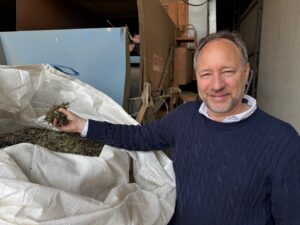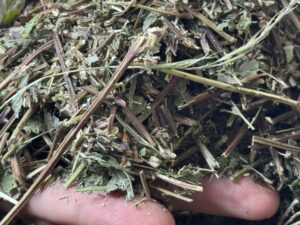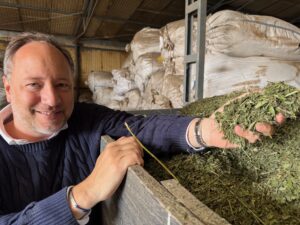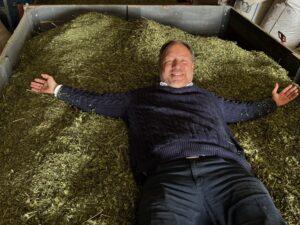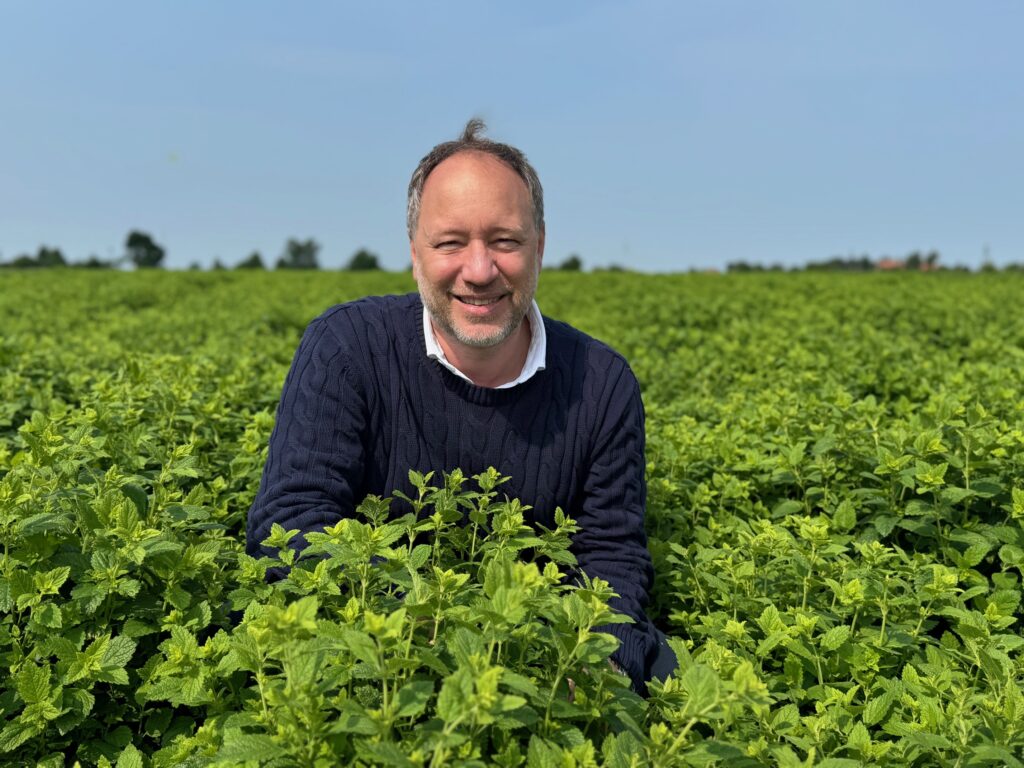After covering the Aronia harvest in the Lubelskie region, our journey continues in search of Europe’s finest botanical raw materials – this time to discover Melissa officinalis – once again alongside Greenvit, our exclusive partner for a selection of high-quality European natural extracts.
In early June, this time in the lush Kuyavian-Pomeranian region along the quiet banks of the Vistula River, I had the privilege of witnessing one of the most fascinating moments in the production cycle of Melissa officinalis: the harvest.
Melissa officinalis, commonly known as lemon balm or, mistakenly, citronella, is a perennial plant belonging to the Lamiaceae family, a large group of aromatic plants that includes species such as mint, sage, rosemary, and basil. Known since ancient times for its calming and digestive properties, lemon balm stands out for its essential oil-rich leaves and the characteristic square stems typical of its family.
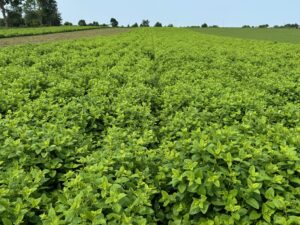



A Thriving Cultivation
The fields I visited stretch as far as the eye can see: a vibrant green carpet, intensely fragrant, shimmering under the sunlight. The plants, carefully tended, are harvested during their balsamic period – just before flowering – when the concentration of rosmarinic acid is at its peak. This ensures the highest quality of the final extract.
In this part of Poland, thanks to the temperate climate and well-calibrated cultivation practices, two harvests of Melissa officinalis are typically carried out each year: the first in early June, and the second toward the end of summer, around August. Each harvest is meticulously planned to maximize the yield of active compounds without compromising the plant’s vitality.
To ensure the purity of the raw material, weeds, such as horsetail, are manually removed from the fields before harvesting. Though seemingly simple, this step is essential to guarantee a homogeneous crop free from unwanted botanical contamination.
Speed and Precision: Safeguarding Actives in Melissa officinalis
The harvest is carried out using mechanical equipment specifically designed to preserve the integrity of the plant. Timing is critical: within just a few hours of cutting, the lemon balm is transported to a nearby drying facility.
Drying begins as soon as possible after harvesting and typically lasts around 48 hours. During this process, warm air at a controlled temperature gently removes moisture while preserving the essential oils and phenolic compounds. Once dried, the plant can be sieved to separate the leaves from the stems and, if required, milled into a specific cut or powder ready for extraction or direct use.
Witnessing this process up close allowed me to truly appreciate the precision and expertise involved in every stage of the supply chain.
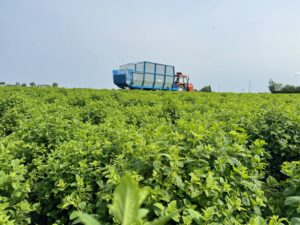
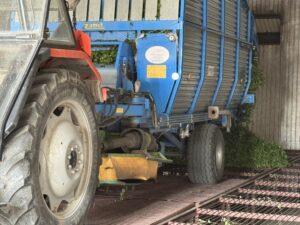
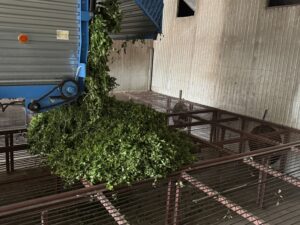
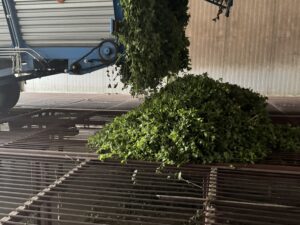
From Nature to Lemon Balm Extract
During the visit, I had the chance to literally get my hands on both freshly harvested and dried lemon balm, already prepared for transformation into dry extracts or infusions. Its fresh, almost citrusy aroma remains intense even after drying—proof of the raw material’s quality and the care taken at every step.
Thanks to its relaxing and antioxidant properties, Melissa officinalis is increasingly in demand in the natural wellness world. Seeing its harvest and processing firsthand reinforces our belief that quality and traceability begin with the land.
